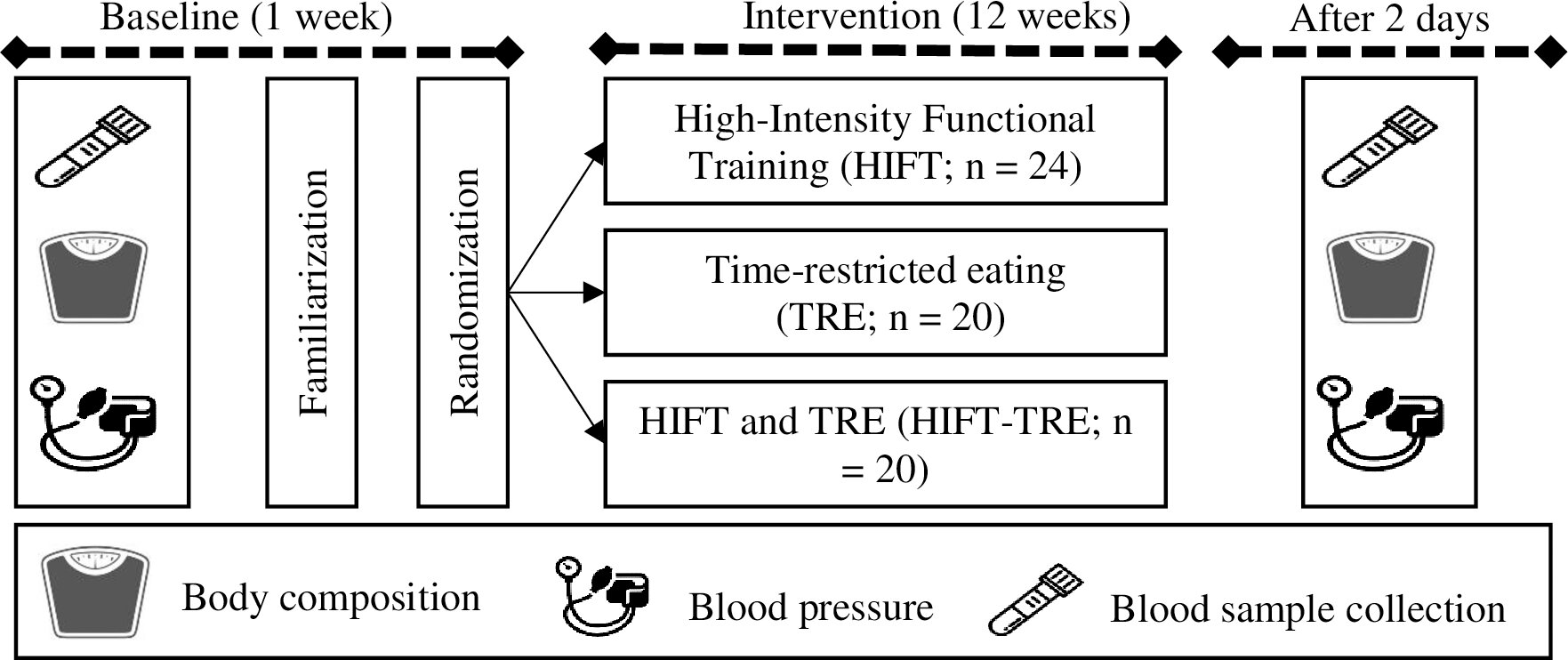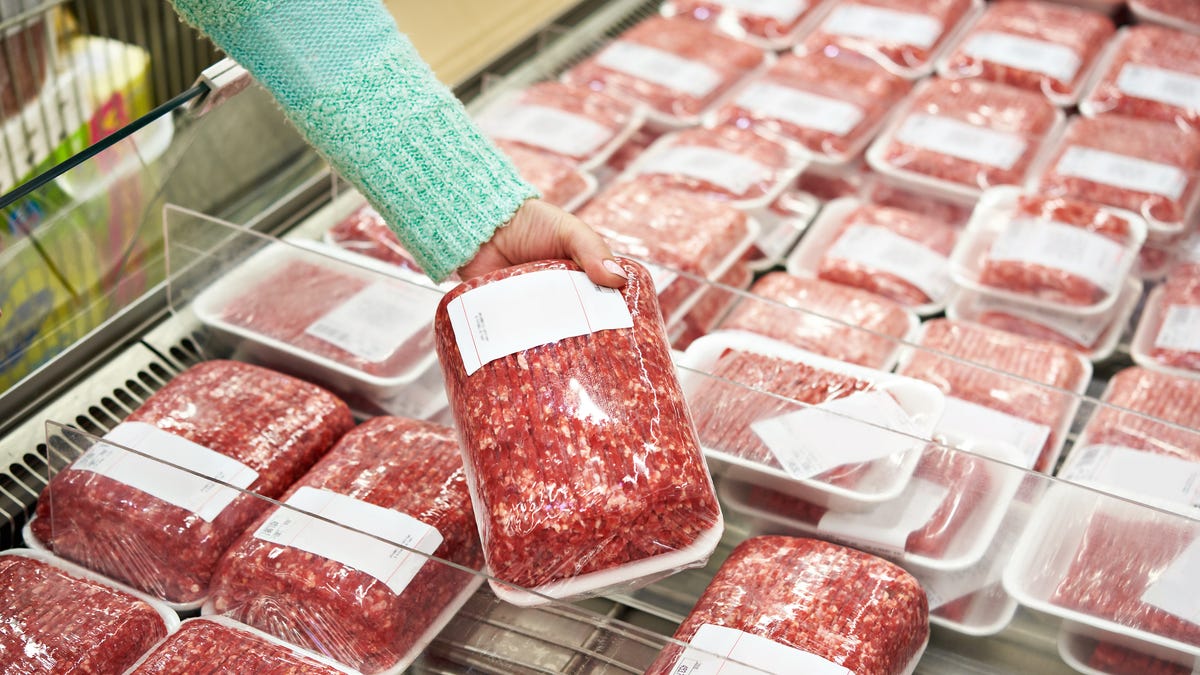With H5N1 bird flu spreading to more dairy cow herds, scientists and pandemic experts in this country and abroad are calling on the U.S. government to release more information to help them assess the risk the outbreaks pose to cattle operations and people.
Three and a half weeks after first announcing the startling news that cows from a milking herd in Texas had tested positive for H5N1, the government agencies involved in the investigations have not yet revealed what research shows about whether pasteurization of milk kills this specific virus. And until Thursday, U.S. officials had not disclosed whether the now 29 affected herds in eight states form a single linked outbreak fueled by the movement of cattle from the Texas panhandle, where the first outbreak was discovered. At present, STAT was told, that does not appear to be the case.
Other countries are trying to determine whether this event is a strange one-off, or proof that the wily virus has evolved to be able to infect cattle more easily, and what risk their own herds — and potentially people — could face if the latter is true. But they are operating largely in the dark because the United States has released such sparse information, said Marion Koopmans, head of the department of viroscience at Erasmus Medical Center in the Dutch city of Rotterdam.
“A country with capacity like the United States should be able to generate this information within days,” Koopmans said. “I would expect very fast, very transparent updates and it’s somewhat amazing not to see that happening.”
Koopmans said it is crucial to figure out whether this situation is unique to the United States for some reason or changes the risk assessment for ruminants — cattle, sheep, and related species — globally. “You would expect there would be some responsibility to share,” she told STAT.
The U.S. Department of Agriculture, which is leading the investigations into the outbreaks, pushed back on the criticism.
“USDA has been committed from the very beginning to the timely and transparent release of information related to the outbreak as it becomes available,” a spokesperson said by email. “We will continue to work to provide timely and accurate updates to the public, our stakeholders, and the scientific community as we learn more.”
Experts believe the USDA must be gathering samples on an ongoing basis to check for dangerous changes in the virus, but only a few genetic sequences from this outbreak have been uploaded to GISAID, the international database widely used by scientists. And the genetic sequences that have been shared are from early in the outbreak, which means that outside scientists cannot monitor if the virus has changed as it has moved from cow to cow or herd to herd.
In its response to STAT, the USDA said it has offered to give outside scientists copies of a sample virus for research purposes. Other viruses from the outbreaks are currently being analyzed by the USDA and the Centers for Disease Control and Prevention and the sequences will be shared in the coming days, the spokesperson said.
In a frequently asked questions document posted on its website, the USDA stated that “analysis of sequences of viruses found in cattle thus far have not found changes to the virus that would make it more transmissible to humans and between people.” The agency does, however, believe the virus has been transmitted from cow to cow, potentially through sequential use of milking equipment.
Michael Osterholm, director of the University of Minnesota’s Center for Infectious Disease Research and Policy, said the USDA’s limited data sharing is fomenting a sense of distrust about the way the outbreak investigation is being handled.
“They are creating the perception that something is happening or not happening that would not meet with the public’s approval,” Osterholm said. “And this is really unfortunate. There’s no evidence here that there’s some kind of a smoking gun, that somebody did something wrong. Just tell us what you’re doing. And that’s not happening.”
Rick Bright, the former head of the Rockefeller Foundation’s short-lived Pandemic Prevention Institute, and now a consultant in the pandemic preparedness sphere, noted that when the first detected outbreak of H7N9 bird flu exploded in China in the spring of 2013, that country was slammed for not sharing more information and more genetic sequences. (Though H7N9 seems to have subsided, between 2013 and 2017, more than 1,200 human cases of H7N9 were reported, 37% of which were fatal.)
Bright criticized the U.S. for not being more forthcoming now, noting that international negotiations on pandemic preparedness are currently trying to reach an agreement that could be signed off on at the May meeting of the World Health Assembly. “In the context of these pandemic accord discussions right now, where they’re trying to come up with this agreement about sharing data and benefits from data, etc., and we’ve got the United States of America in the midst of an outbreak in dairy cattle … not willing to share data in a timely, transparent manner, what does that tell the rest of the world?”
These criticisms come in a week when the Biden administration announced a new program to help 50 countries, mostly in Africa and Asia, develop better disease surveillance and preparedness to try to fend off future pandemics, and a congressional committee tasked with trying to determine whether the Covid-19 pandemic was triggered by a spillover of virus from nature or a laboratory accident grilled the editor of the journal Science.
In the case of the dairy cattle H5N1 outbreaks, there were reports that as early as February veterinarians were seeing evidence of something amiss in some herds in the Texas panhandle. But it wasn’t until March 25 that the USDA confirmed that a dairy cattle herd in Texas had been infected with H5N1, a virus which until then hadn’t been seen as a threat to cows. In H5’s nearly 30-year history of infecting poultry, wild birds, carnivore mammals, and the occasional human, cows have not been part of the saga. Until now.
Multiple additional outbreaks were confirmed in the days that followed, in Texas, then Kansas and Michigan, and then New Mexico, Idaho, Ohio, North Carolina, and South Dakota. (USDA maintains a list here.) The USDA told STAT on Thursday that it can establish links between affected herds in Texas, New Mexico, and Kansas, but it does not currently have evidence to suggest all affected herds in all impacted states received cows from Texas.
While H5N1 kills many of the species it infects, cattle do not appear to be severely sickened by it. Feed consumption drops off and milk from infected cows is discolored and viscous. USDA has reported that milk contains high levels of H5N1 virus.
Farmers have been told to discard milk from infected cows, though the USDA, the Food and Drug Administration, and the CDC all routinely state that they believe pasteurization would kill the viruses. But that is based on work done on other pathogens, not H5N1.
STAT has been pressing the USDA about whether research is being done to test the effect of pasteurization on H5N1-contaminated milk. USDA officials deferred questions to the FDA, saying it is responsible for food safety. The FDA said the work had not yet been done. When asked whether the research was underway, and when results would be available, the FDA did not reply.
“I am shocked we still don’t have the data on pasteurization,” Bright said. “The public deserves to know what experiments are being done [and] when can we expect data from those.”
The movement of H5N1 bird flu into cows is a concern for an important industry, but it also raises the hackles of scientists who have been following this virus. There is always a concern that should the virus acquire the changes needed to be able to spread easily among a mammalian species, it could more readily make the jump to people.
Furthermore, should the virus find its way from cows to pigs, alarms would really sound. Pigs are often referred to as “mixing vessels” for flu viruses, because they can be infected by both bird flu viruses and human flu viruses. If both those types of viruses simultaneously infect a pig, the pathogens could swap genes and potentially produce a version of H5N1 that is more adapted to transmission to and among people.
The USDA has already suggested that viruses from one of the infected dairy cattle herds in Michigan has been found to have ignited an outbreak in a nearby poultry operation. “Additionally, we have similar evidence that the virus also spread from dairy cattle premises back into nearby poultry premises through an unknown route,” it said in its most recent FAQ document. The USDA is currently investigating how that could have happened, looking at, among other things, whether human movement between the farms could have played a role.
The locations of the affected dairy farms have not been disclosed, so it’s unclear if any are located near pig farming operations. But the mere possibility of spread from cows to other animals has raised questions about how farmers on affected farms are disposing of contaminated milk. The USDA told STAT farmers should consult their state agricultural authorities for guidance on safe milk disposal.
Scientists who study H5N1 would very much like to have a better sense of why dairy cow herds in multiple states have become infected over such a short period of time. And they suspect USDA investigations must have uncovered more information than has been disclosed about how much of the spread is due to cattle movements, or whether contaminated feed stocks or the spring migration of infected wild birds is playing a role.
That question is critical; efforts to stop spread to cows and among herds hinges on how they are getting infected, Osterholm said. “It gets back to the very heart of, ‘How do I pull the pump handle on this one?’” he said, referring to the famous story of British physician John Snow removing the handle from a central London pump that he correctly believed was the source of cholera infections in 1854. After Snow removed the pump handle, infections stopped.
If the outbreaks all trace back to a Texas farm or farms, “that says that there’s some unique transmission going on here between production animal and production animal that we don’t understand,” he said. But if viruses from wild birds touched off outbreaks in multiple spots, focusing on the challenging task of trying to minimize that risk would be important.
Osterholm said that the Covid pandemic should have taught government officials that transparency and clear communications are key to successful management of outbreaks.
“That to me is being missed here. And I can’t for the life of me understand why,” he said. “This is a serious public health challenge, but it shouldn’t be a media challenge. And they’re turning it into one.”
This article has been updated with a new outbreak total — 29 — issued by the USDA on Thursday.

Dr. Debi Johnson is a medical expert and health journalist dedicated to promoting well-being. With a background in medicine, she offers evidence-based insights into health trends and wellness practices. Beyond her reporting, Dr. Debi enjoys hiking, yoga, and empowering others to lead healthier lives.





/cdn.vox-cdn.com/uploads/chorus_asset/file/25429884/2024260145.jpg)

